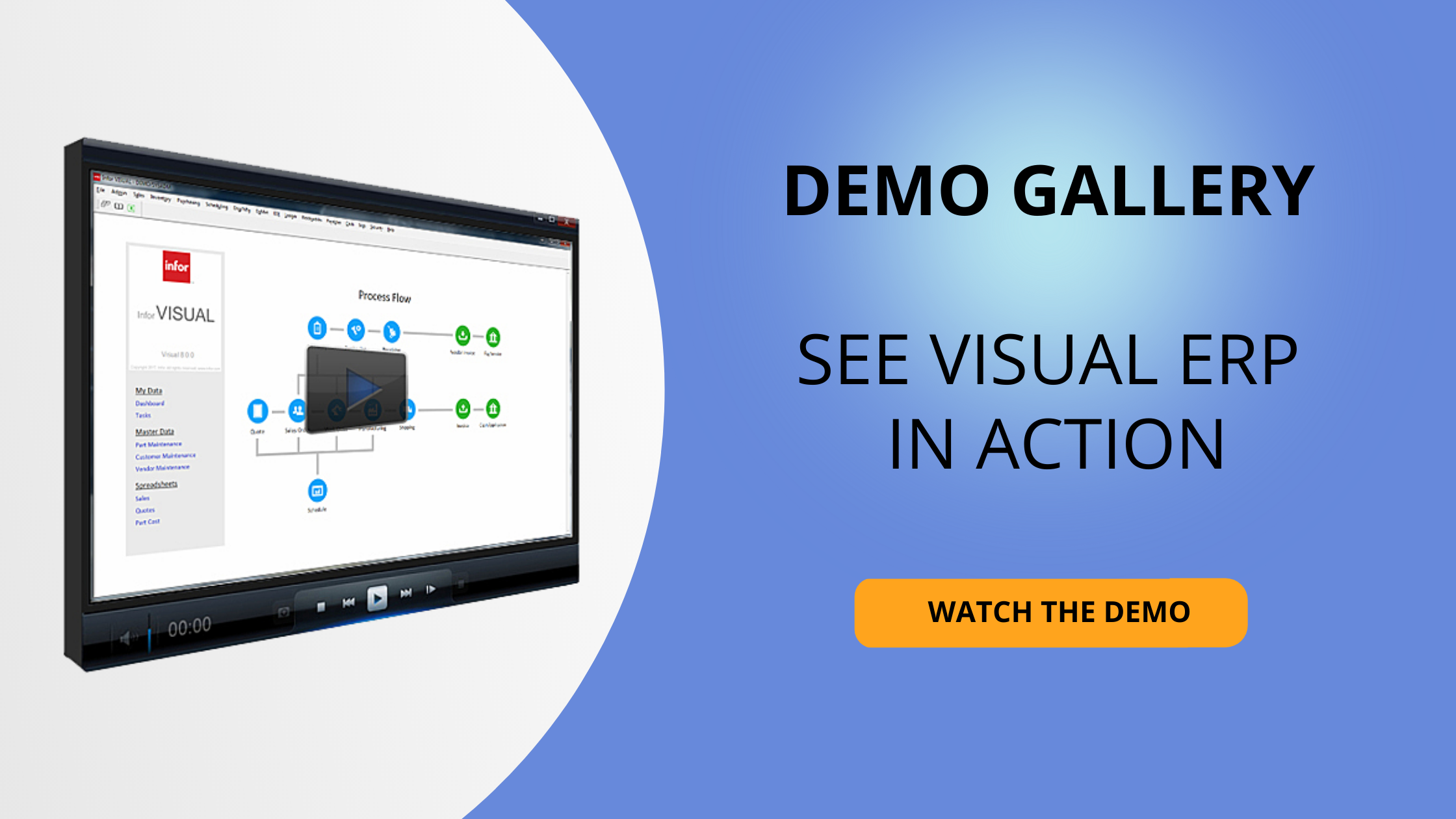What is testing and why is it important?
Visual South has implemented countless companies on a new ERP. If we look through the lens of an ERP implementation—meaning a company is leaving a legacy system or systems, and migrating to a completely new ERP—testing is when we make sure we are comfortable with how everything has been set up. Testing in ERP implementation reduces the risk of discovering misalignment or problems AFTER go live. We want to unearth and solve as many problems as possible BEFORE go live. If testing reveals the ERP has been set up correctly, then it will be able to support the new procedures and processes once it is live.
What is the approach to ERP testing?
“Unit” testing is typically performed, followed by integrated testing. Unit testing focuses on a single functional area, like purchasing. For example, we want to make sure the purchasing team knows how to enter purchase orders, the receiving team knows how to receive purchased goods, and the finance team knows how to pay vendors for received goods. Once unit testing has taken place and the ERP setup for the various functional areas is validated, then more integrated testing (sometimes called piloting or conference room piloting) is initiated. Think of this as the “dress rehearsal” before the play. There is a script of end-to-end processes that need to be tested, and each user has a part in the process. By having them work in an integrated fashion, three critical areas are simultaneously tested:
- System Configuration: Is the system configured properly? There may be settings that need change that did not reveal themselves in unit testing.
- Training: Are the users properly educated on the ERP? Piloting allows us to test the knowledge and confidence of the users on how they perform their jobs in the new system. Any gaps revealed in the testing process can be addressed prior to going live.
- Data Integrity: Piloting should be done with the data that will be used for go live. Are there issues with that data?
Related: What to Expect During an Infor VISUAL ERP Implementation
Related: CSI Implementation – Infor Changed the Game
What is the result of ERP system testing?
When testing concludes, we typically have a good idea of readiness for go live. In some cases, we feel highly confident. Perhaps things went great in piloting, or maybe there were a few issues that can be addressed in time for the planned go live. We could also do another pilot just to make sure we are ready because some unexpected issues popped up. And, last but not least, we could conclude that the planned go live is too big of a risk. This could be due to encountering a major issue in one or all of the three ERP testing areas outlined above. If this is the case, it is not always bad news. Any issues that can be uncovered before going live reduces the overall risk to the implementation project.
Testing is necessary and we can help
ERP testing is a critical tool to use during implementation. Having a solid testing strategy helps the team build confidence in the work put in during the ERP implementation project.
If you are looking to implement ERP and not sure where to start, how about talking to an expert who is not a sales person? Click here to learn more about Bryan Foshee, and sign up for a free phone consultation to discuss your situation.










